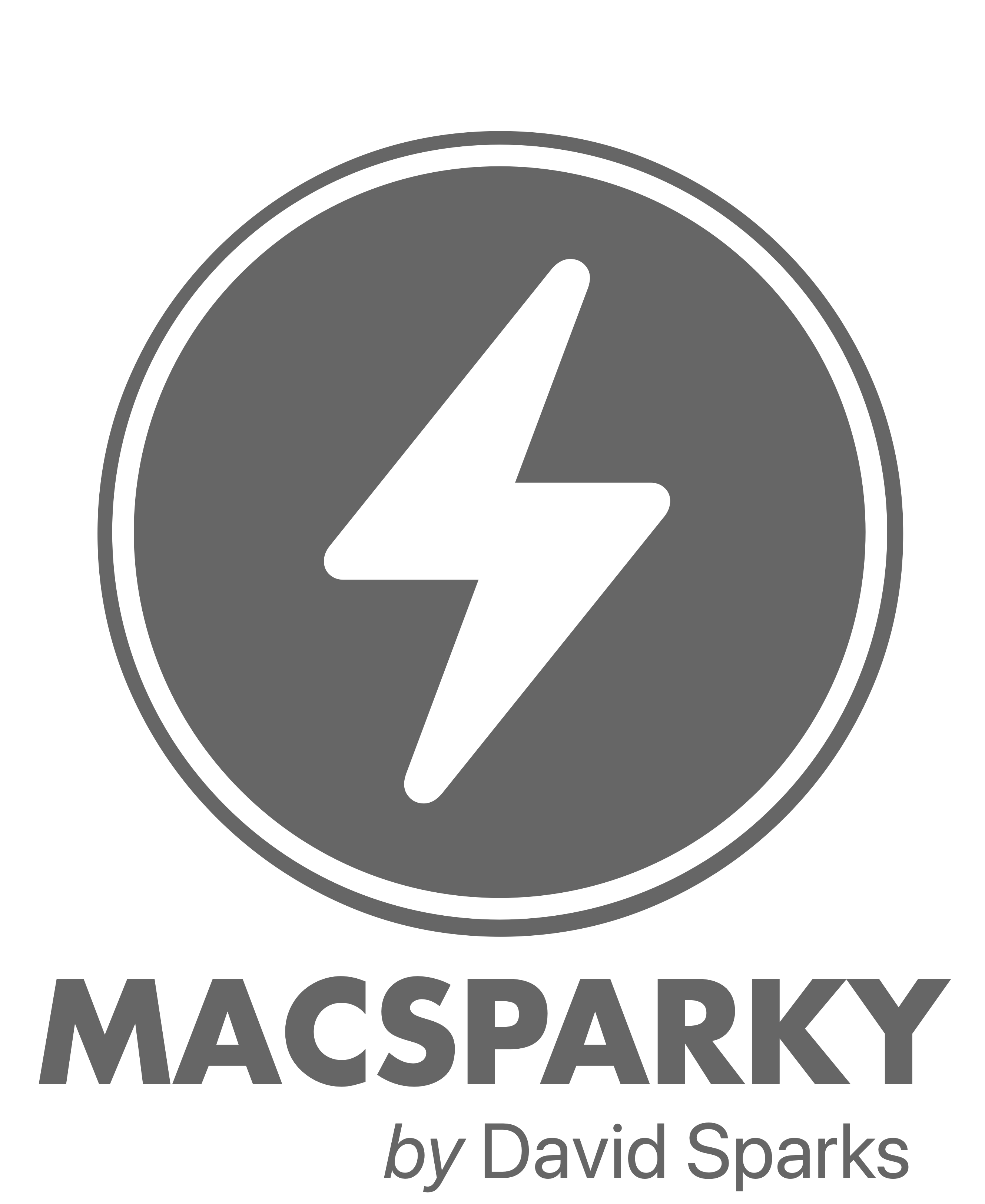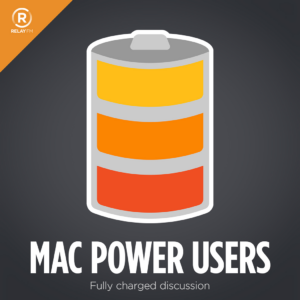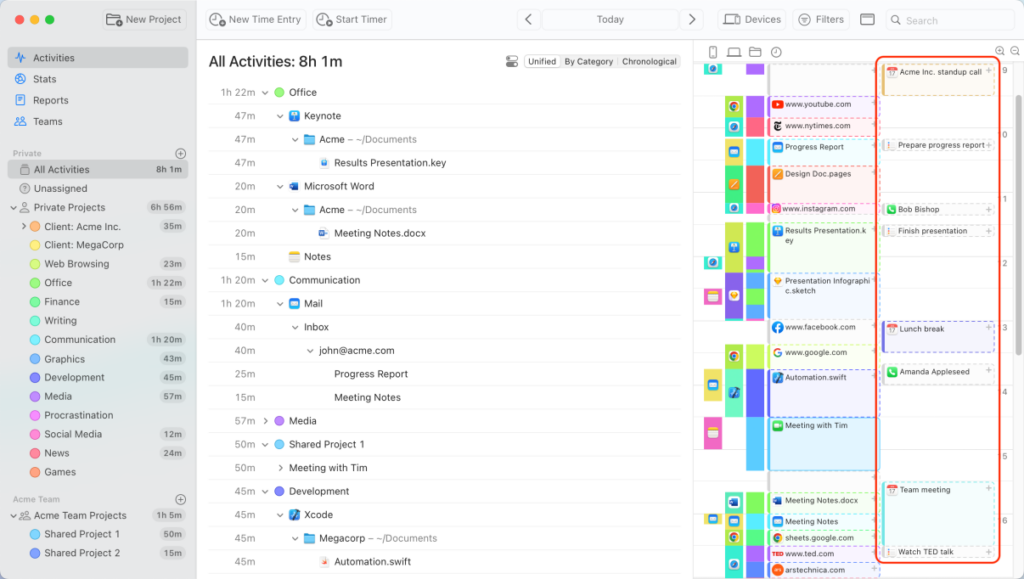I’ve been wearing Apple Watches since day one, and the 2024 lineup is the most impressive yet. They make great holiday gifts, but here’s the thing: You don’t need to buy the most expensive model to get a great Apple Watch experience. Let’s break this down into plain English and figure out which watch belongs on your wrist.
The Three Flavors of Apple Watch
Series 10: The Sweet Spot
This is the Goldilocks watch — not too much, not too little, but just right for most users. This year it got a larger display, thinner and now it has sleep apnea detection as Apple continues to add more medical/health sensors.
What you get:
- A solid Always-On display
- ECG, blood oxygen, and sleep tracking sensors, but no blood oxygen level sensor because … lawsuits.
- The new second-generation Ultra Wideband chip (improved Find My)
- Aluminum or Titanium finishes
The sweet spot for: Most folks who want a great all-around Apple Watch without going overboard.
Ultra 2: The Beast
Remember when Apple used to run those “I’m a Mac” commercials? If they did that for Apple Watch, the Ultra 2 would be wearing hiking boots and a climbing harness. This thing is built like a tank, but a really smart, sophisticated tank.
The standout features:
- Titanium case that can take a beating
- A big, bright display (perfect for outdoors)
- Multi-day battery life
- The Action Button (I’ve mapped mine to start dictation, because I’m kind of a geek.)
- The rugged design — Some people love it. Others don’t. (I’m in the first camp and still wearing my Apple Watch Ultra 1.)
The weird bit is that this watch is now over a year old. In some ways, the Apple Watch Series 10 is superior. It’s not clear yet but it may be that Apple only updates the Ultra model every few years only.
Perfect for: Outdoor enthusiasts, endurance athletes, and anyone who needs their watch to last more than a day. Also great if you just want the biggest, baddest Apple Watch out there.
SE (2nd Generation): The Smart Buy
Here’s the secret: the SE is probably all the Apple Watch most people need. It’s like getting 80% of the features for 50% of the price. No, you don’t get the fancy health sensors or Always-On display, but you do get a fantastic fitness tracker and notification machine.
What’s included:
- All the core fitness tracking
- Notifications and communications
- GPS tracking
- The same chip as the Series 8 (S8 SiP, plenty fast)
Ideal for: First-time Apple Watch buyers, kids, or anyone who wants to save some cash without sacrificing the core experience.
Here’s What I Think
After years of wearing various Apple Watches (and helping countless folks choose theirs), here’s my advice:
- If you’re not sure which one to get, buy the Series 10. It’s the safest bet and will make most people happy.
- If you’re hardcore about fitness or outdoors stuff, or if battery life is your main concern, spring for the Ultra 2.
- If you’re new to Apple Watch or watching your budget, the SE is a fantastic choice. Don’t let anyone shame you into thinking you need more.
The Bottom Line
You really can’t go wrong here. Even the “budget” SE is a more capable device than the original Apple Watch we all drooled over back in the day.
My recommendation? Don’t overthink it. The SE is great if you’re on a budget, the Series 10 is perfect if you want it all, and the Ultra 2 is there if you need something more robust.






